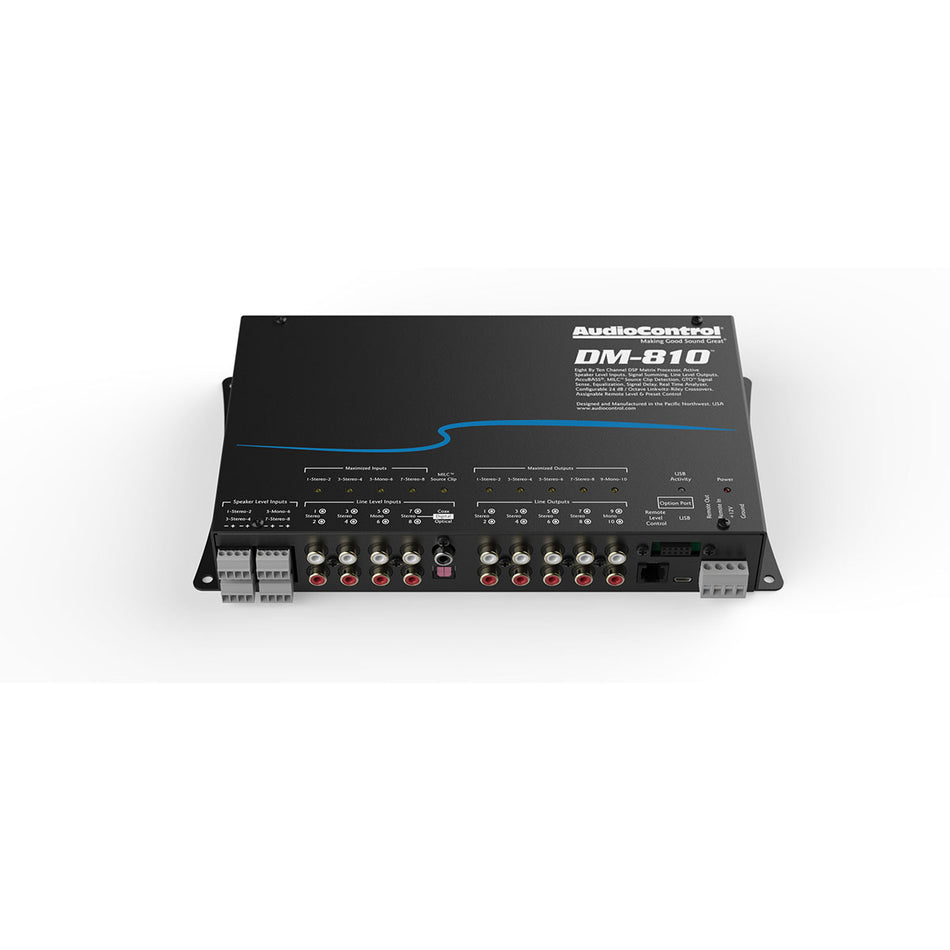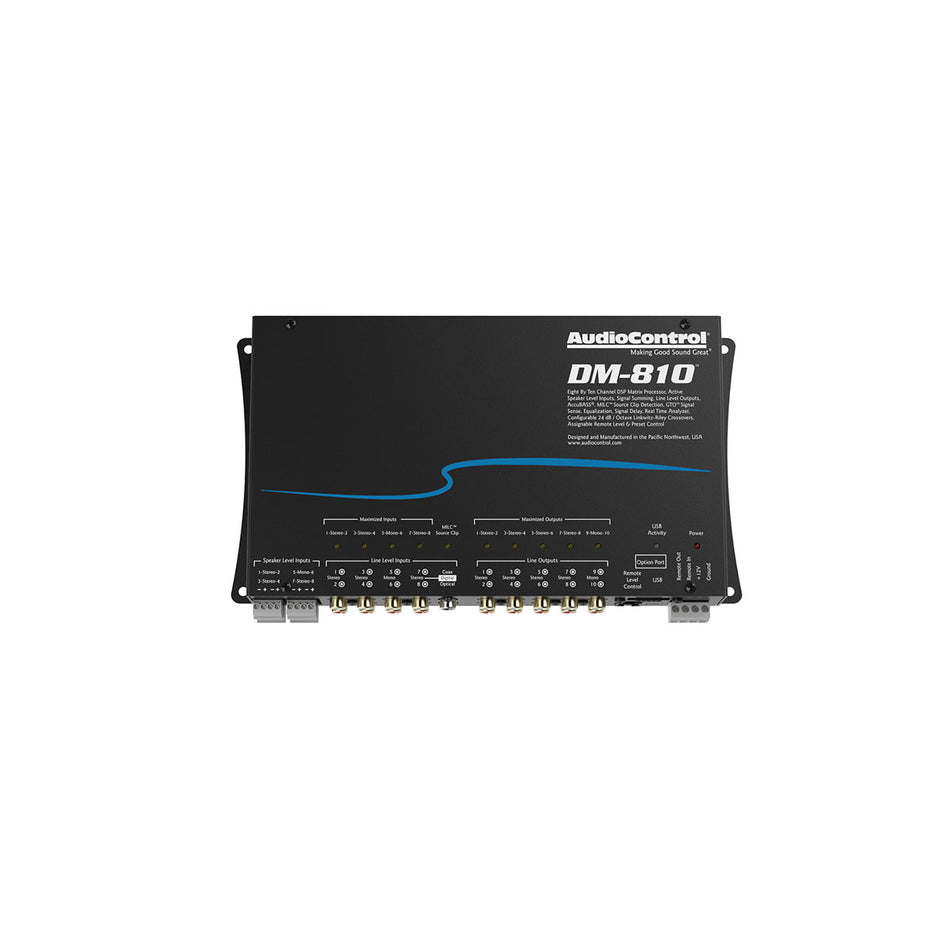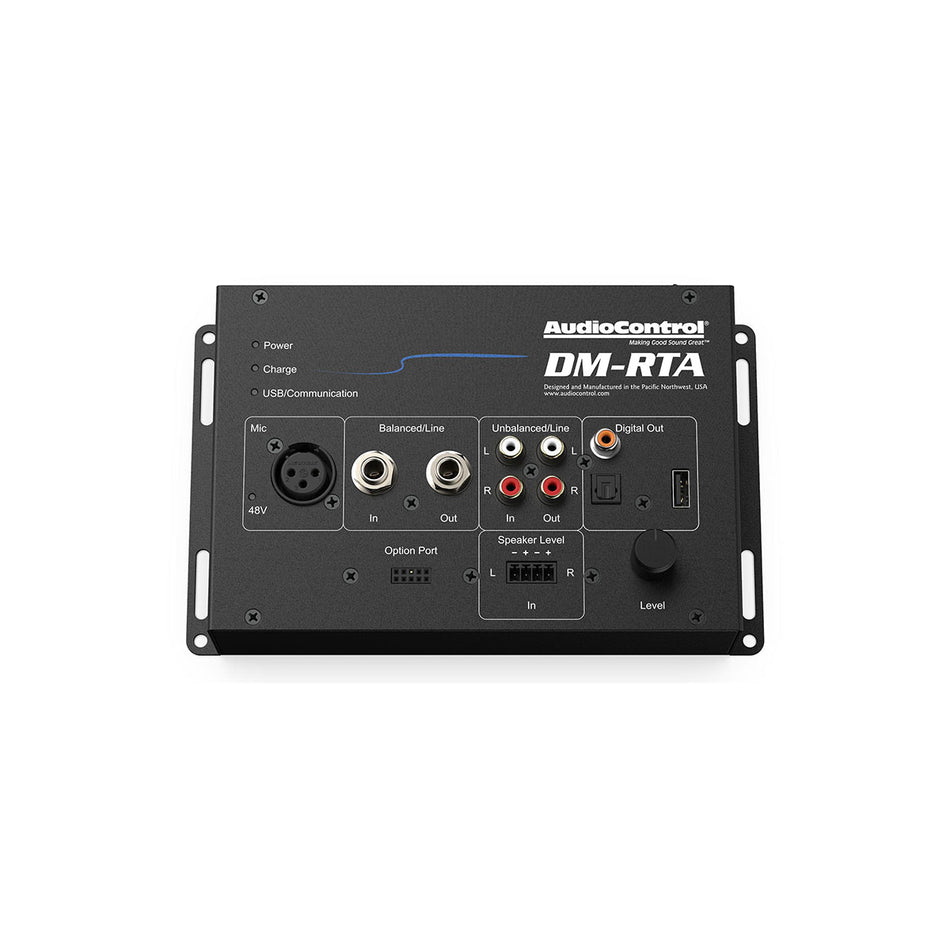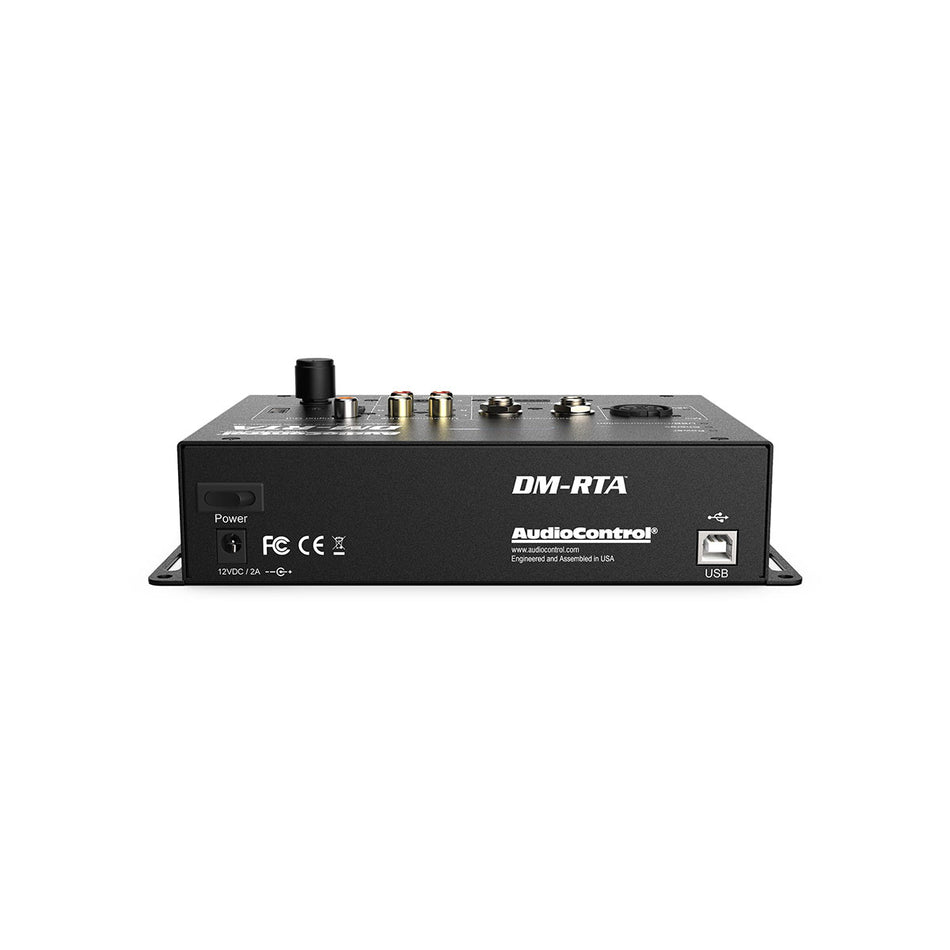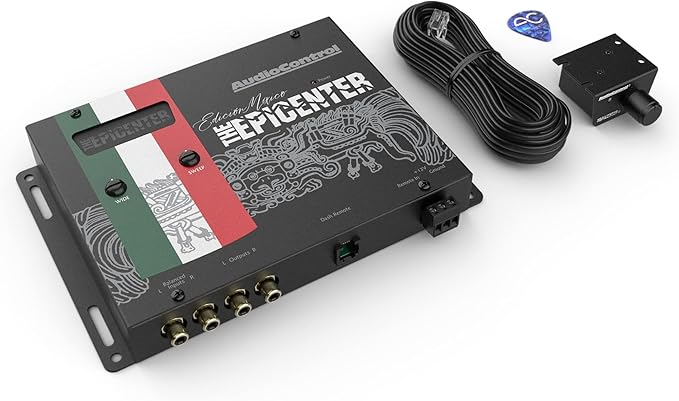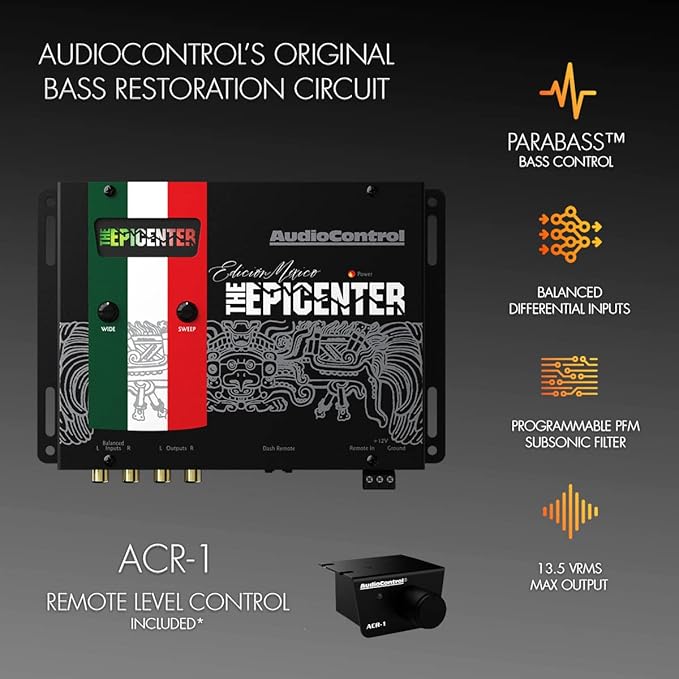Few things spoil a listening process like an annoying buzz, hum or whine emanating from your vehicle speakers. Something that should have an immersive sound gets ruined by unnecessary background noise; annoying and tiring. Sometimes, the reason for these problems can be traced back to a car audio ground loop or bad grounding practices. By understanding how to detect and fix these problems, you can ensure that your system is running optimally without any interference.
What Is a Ground Loop in Car Audio?
Ground loop occurs when different components in your audio system use separate grounding paths that create small differences in voltage. This imbalance introduces a low-frequency hum or high-pitched whine through the speakers. It often shows up as a car radio making buzzing noise or that infamous alternator whine, which rises and falls with engine RPM.
Car audio systems are more sensitive to the stability of the grounding and therefore, a small inconsistency would produce a detectable issue. The formation of these loops is the initial thing that one needs to know to do a good fix of the car audio ground loop.
Identifying Ground Loop Symptoms
Not all noises in a car audio setup come from ground loops, so it helps to recognize specific symptoms. Some of the most common include:
-
Whining sound that increases with engine speed (often linked to the alternator).
-
A constant low-frequency hum present when the system is on.
-
Buzzing or static noise heard between songs or during quiet passages.
-
Noise disappears temporarily when touching or moving ground wires.
If you notice these, it’s worth investigating how to fix a ground loop in car audio before it worsens.
Common Causes of Noise Problems
Several factors contribute to ground loops and related interference. The most frequent include:
-
Multiple ground points: When components such as amplifiers and head units connect to different chassis points.
-
Poor connections: Corroded or loose ground wires that create resistance.
-
Power and signal cable routing: Running RCA signal cables alongside power cables can introduce alternator noise.
-
Inconsistent voltage supply: Weak batteries or alternators increase the chance of interference.
By checking these factors, you can quickly narrow down the cause of unwanted buzzing in your car audio system.
Practical Steps to Eliminate Ground Loop Noise
Addressing noise requires both inspection and adjustment. The process isn’t always complicated, but patience is key.
1. Inspect and Improve Grounding
Make sure that everything is solidly and cleanly grounded. The ground wire must be short and thick and must be linked to bare metal without paint or rust. The more grounding points, the more chances of loops, therefore, whenever possible, use one common ground point.
2. Check Power and Signal Cable Routing
Keep RCA signal cables away from power wires. If they must cross, do so at a 90-degree angle. Twisted-pair RCA cables also reduce the chance of noise pickup.
3. Add a Ground Loop Isolator
A simple but effective car audio ground loop fix is installing an isolator between the head unit and amplifier. This device breaks the unwanted electrical connection without affecting signal quality.
4. Eliminate Alternator Whine at the Source
If the noise increases and decreases with engine speed, you'll want to directly eliminate alternator whine. First, make sure your alternator and battery are healthy as weak charging systems tend to generate too much electrical noise. Capacitors and noise filters can be used to further smooth the voltage supply to reduce interference.
5. Verify RCA and Speaker Cables
Damaged or low-quality RCA cables can act like antennas for interference. Replacing them with shielded, high-quality cables prevents extra noise from creeping in. Likewise, ensure speaker wiring is tight and properly insulated.
6. Test with Component Isolation
Disconnect parts of the system one at a time. For example, run the head unit without the amplifier connected. If the noise disappears, the amp or its wiring is likely responsible. This process of elimination helps pinpoint the exact source.
Preventing Future Noise Issues
After solving the immediate problem, preventing future interference is just as important. Some reliable habits include:
-
Use the same ground point for amplifiers, crossovers, and processors.
-
Keep wiring neat, separated, and secured.
-
Regularly clean terminals and re-tighten connections.
-
Choose components with strong internal noise rejection, especially if building a high-power setup.
These small steps make it less likely that you’ll deal with a car radio making buzzing noise again.
When Professional Help Is Needed
Sometimes, even after careful troubleshooting, the problem persists. This may point to deeper electrical issues, such as failing alternators or poorly designed aftermarket accessories. In such cases, consulting a professional installer ensures the system is tested with specialized tools. They can measure voltage differences, identify weak points, and recommend the right parts to remove noise completely.
Enhancing System Performance After Fixing Noise
After you have taken out the ground loop and alternator whine, the difference is immediately felt. Music is purer, bass is tighter and detail is not lost. Even better results can be unlocked at this point with upgrading of related components. Shielded interconnects, quality amplifiers and dependable power accessories will all be involved in a consistently performing system.
Shops like Elite Auto Gear supply gear designed with clean power and grounding in mind, reducing the risk of interference. Investing in durable parts makes a huge difference in keeping your setup noise-free over the long term.


